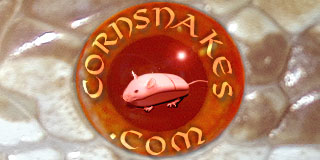Sweetseraph
New member
So hubby finds my corns a little boring and wants something "different". I would be amenable to the idea of a King, as I hear they make great garbage disposal units. :eatpointe
I showed him a few pictures and he likes the MBK and I like them too. I like the Scarlet King, but he didn't seem to. I checked around and I'm finding a wide disparity in the general opinions and care of Kings/Milks in general. For instance, some say that the care is exactly the same as a corn, but I'm seeing recommendations of heat up to 90 F. There's also the behavior issue. Some say Kings can be really nasty, some say they don't really deserve that rep and also that MBKs in particular are more mellow.
As for the garbage disposal thing...how does that work if you end up feeding him several mice that other snakes had refused? Do you let him go longer between feedings if he ate more? How much can they really eat?? LOL And if you were to give him a kinked hatchling, do you feed it live or kill it first.
I showed him a few pictures and he likes the MBK and I like them too. I like the Scarlet King, but he didn't seem to. I checked around and I'm finding a wide disparity in the general opinions and care of Kings/Milks in general. For instance, some say that the care is exactly the same as a corn, but I'm seeing recommendations of heat up to 90 F. There's also the behavior issue. Some say Kings can be really nasty, some say they don't really deserve that rep and also that MBKs in particular are more mellow.
As for the garbage disposal thing...how does that work if you end up feeding him several mice that other snakes had refused? Do you let him go longer between feedings if he ate more? How much can they really eat?? LOL And if you were to give him a kinked hatchling, do you feed it live or kill it first.
